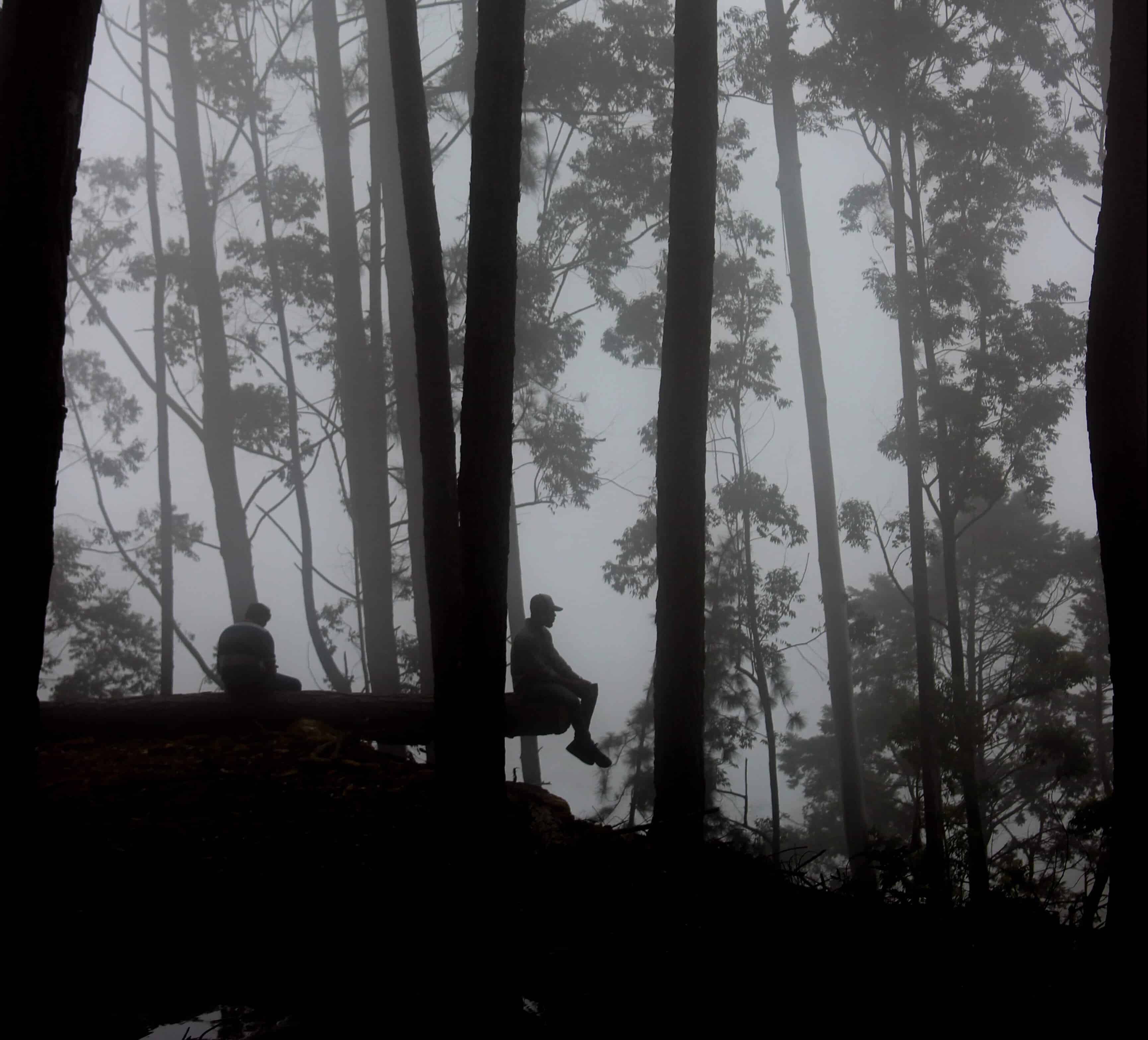The recent FAO/WFP Crop and Food Security Assessment Mission (CFSAM) to the Democratic Socialist Republic of Sri Lanka has shed light on the current state of the country’s crop production and food security. The assessment reveals concerning trends in cereal production, particularly rice, and maize, as well as challenges in the poultry and fishery sectors. However, it also highlights some improvements in food security compared to the previous year.
According to the report, the aggregate cereal production for 2023, including the forecast for the secondary “Yala” crops to be harvested in August, is projected to be 4.1 million tons. This figure represents a 14 percent decline compared to the last five-year average. The inadequate availability of fertilizers, particularly phosphorous and potassium, significantly impacted the yields of the main “Maha” crops harvested in March 2022/23.
Rice production, a staple in Sri Lanka, is forecasted to be 14 percent below the last five-year average, with an estimated output of 3.8 million tons. Similarly, maize production, primarily used as animal feed, is projected to be 13 percent below average, totaling 272,100 tons. The production of root crops, including potatoes, is also expected to be below average due to a sharp decline in output.
The report indicates that the poultry sector, which plays a crucial role in the local protein intake, is facing challenges. High feed prices and hatchery closures in 2022 and 2023 are projected to result in a substantial drop in chicken meat and egg production in 2023.
Furthermore, fish production is anticipated to decline in 2023 compared to the reduced levels in 2022. Factors contributing to this decline include high energy and fuel costs for offshore and coastal fisheries and insufficient budget allocation by the government for restocking water bodies with fingerlings for inland fisheries.
Despite these challenges, the report notes that no food deficit is expected in Sri Lanka. The country’s import requirements for cereals in 2023 are forecasted to be 1.8 million tons, above average but lower than the near-record level of 2022. The mission attributes this to the gradual increase of foreign exchange reserves, disbursement of donor funds, and modest currency appreciation since March 2023, which have strengthened the country’s financial capacity to import food. However, the report highlights persistent concerns regarding inflation. Although inflation has decreased since October 2022, it remains at high levels. In April 2023, it was estimated to be above 35 percent. This situation poses challenges to households’ purchasing power and affordability of essential food items.
Regarding food security, the report indicates an improvement compared to May 2022. At the time of the mission, approximately 3.9 million people, 17 percent of the population, were moderately acute food insecure, while 10,000 people were severely food insecure. This represents a decrease from the previous year when 6.2 million people were moderately acute food insecure, and 66,000 people were severely food insecure.
The highest levels of acute food insecurity were in the Estate sector, which primarily focuses on tea production, and among households relying on social protection schemes such as Samurdhi and disability benefits. Unskilled wage laborers in both agriculture and non-agriculture sectors, as well as fishing communities, faced high levels of food insecurity. Female-headed households and households with low education attainment exhibited higher food insecurity rates compared to the rest of the population.
The reduction in food insecurity can be attributed, in part, to improved food consumption and a decrease in the share of expenditures on food in total household expenses. This trend is likely a result of seasonal effects related to the harvest period, which impact market prices and the income of farmers and related livelihood groups.
The report highlights the increased adoption of livelihood-based coping strategies by households, indicating heightened vulnerability to future shocks. From May 2022 to March 2023, the percentage of households employing livelihood-based coping strategies to access food rose significantly from 48 percent to 62 percent. Additionally, 56 percent of households resorted to food-based coping strategies, with 36 percent reducing meal portion sizes and 19 percent skipping meals.
To address these immediate challenges, the mission recommends providing targeted support to farmers by releasing available fertilizer stocks to strengthen the ongoing “Yala” crop production. Urgent policy decisions are also needed to ensure the timely importation of fertilizers for the upcoming 2023/24 “Maha” season.
The findings of the FAO/WFP Crop and Food Security Assessment Mission serve as a call to action for the government, international organizations, and stakeholders to collaborate in addressing the identified challenges. By implementing the recommended measures, Sri Lanka can work towards strengthening its food security and ensuring the well-being of its population.
Image provided by Ishara Kasthuriarachchi



2 Comments